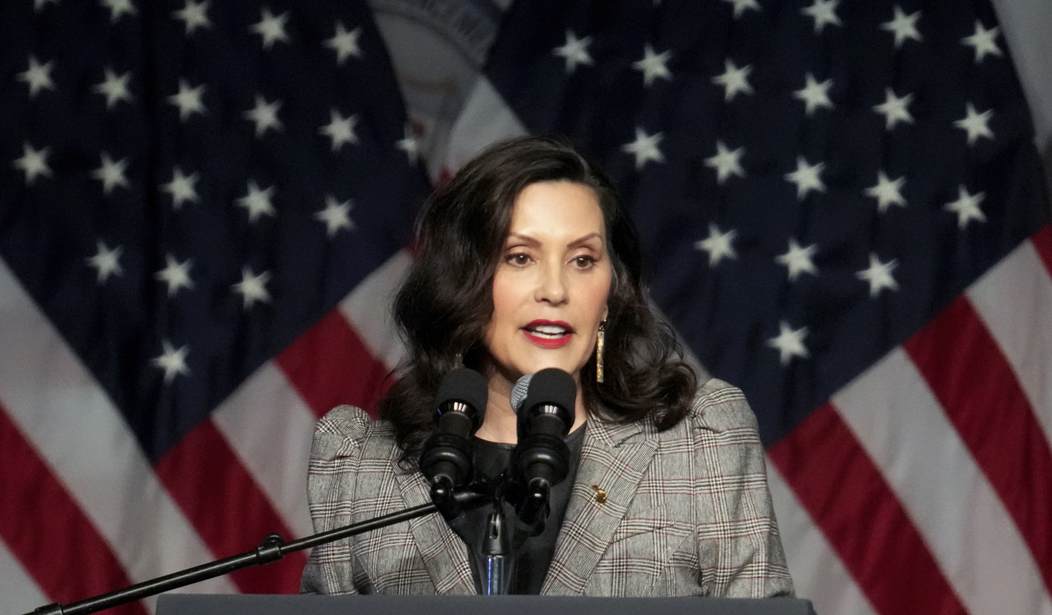The U.S. Navy’s elite SEAL units are planning to shift their mission from counterterrorism missions to countering more advanced global threats like those posed by China and Russia.
Navy Rear Adm. H. Wyman Howard III, the commander of the Naval Special Warfare Command, described the changes to the SEAL units in an exclusive interview with the Associated Press published Wednesday.
Part of the shifting mission for the SEALs will see the number of SEAL platoons reduced by about 30 percent, while at the same time increasing the size of the SEAL units. Howard said the plan also involves adding personnel to the SEAL platoons who are trained in cyber and electronic warfare and unmanned systems. The SEAL teams are also working to improve their intelligence-gathering abilities and deceive enemy forces.
The structural changes come as the U.S. military is shifting away from deployments in the Middle Eastern conflict zones and focusing on countering “near-peer” adversaries, like China and Russia. This restructuring of the SEAL teams reflects a broader Pentagon strategy shift to focus on the threats posed by China and Russia’s rapidly growing militaries.
While the SEAL units have spent the last two decades honing their abilities fighting terrorists and insurgents in Afghanistan, Iraq and other conflict zones throughout the Middle East and Africa, Howard said “now we need to put pressure on ourselves to operate against peer threats.”
Howard said the last two decades of counterterrorism missions in Afghanistan and Iraq have provided some benefits, having improved the abilities of the SEAL teams to develop intelligence networks and track down insurgent targets. Now, he said, “We are putting pressure on ourselves to evolve and understand our gaps in capability and what our true survivability is” against peer threats.
Adm. Mike Gilday, the chief of naval operations also told the Associated Press the plan is to once again integrate the SEAL teams into the Navy’s traditional mission at sea.
“As the Navy Special Warfare community returns more and more to its maritime roots, their increased integration across the Fleet — above, under, and on the sea — will unequivocally enhance our unique maritime capabilities to help us compete and win against any adversary,” Gilday told the Associated Press.
Another reported objective of the change in the structure of the SEAL teams is to help weed out bad leaders. With a reduced number of platoons, the SEALs teams can be more selective in choosing their unit leaders. The structural changes to the SEAL units come not only as the U.S. is moving away from Afghanistan and Iraq, but also as special operations units have seen a number of high-profile scandals in recent years.
Navy SEAL Chief Eddie Gallagher was accused of murdering an ISIS terrorist prisoner while deployed in Mosul, Iraq in 2017. Gallagher was ultimately found not guilty of the murder charges, but was punished for appearing in a photo, alongside other SEAL team members, with a slain combatant.
In 2019, the SEAL Team 7 command triad was relieved for a “loss of confidence” after an accusation that a SEAL sexually assaulted a female service member during a drunken Fourth of July party in Iraq.
Two Navy SEALs have been convicted in the 2017 hazing death of a U.S. Special Forces Green Beret.
Since assuming leadership of the Naval Special Warfare Command in September, Howard has reached out to the Army and Marine Corps for advice on how to better screen SEAL candidates and assess them as they progress through the ranks. One of the changes he has since implemented is double-blind candidate interviews, so interviewers and interviewees cannot influence the interview or be influenced by seeing someone they know. The teams are also adding more psychological assessments to evaluate personality traits.
The new screening and evaluation measures are intended provide more feedback for individual team members and help top leaders pair commanders with the right teams.

No comments:
Post a Comment